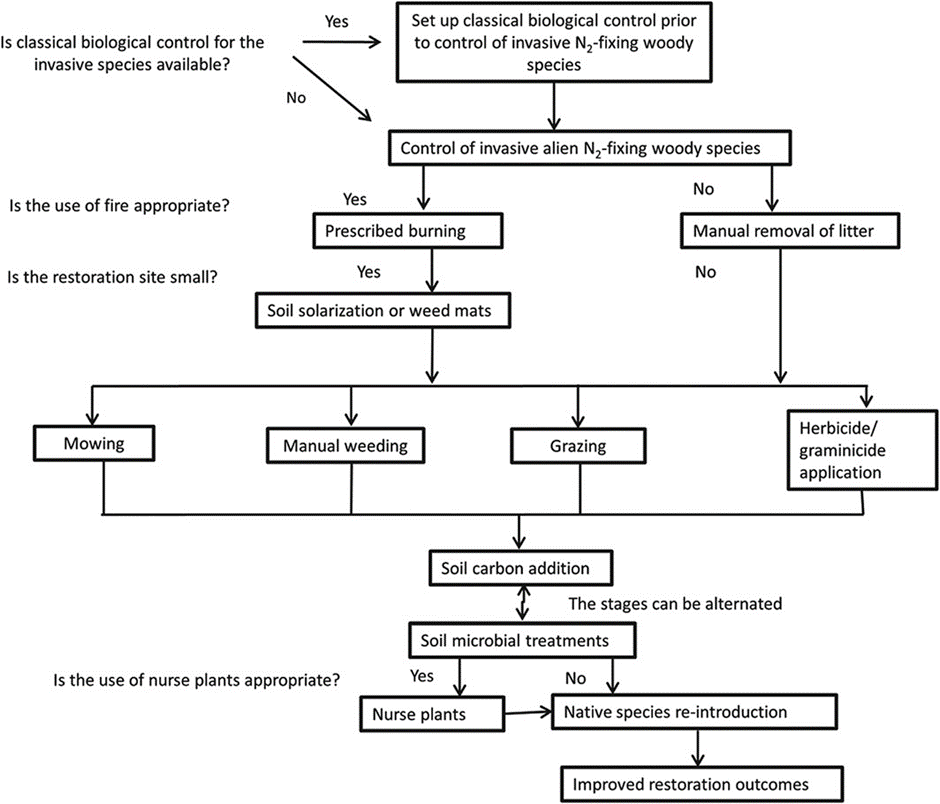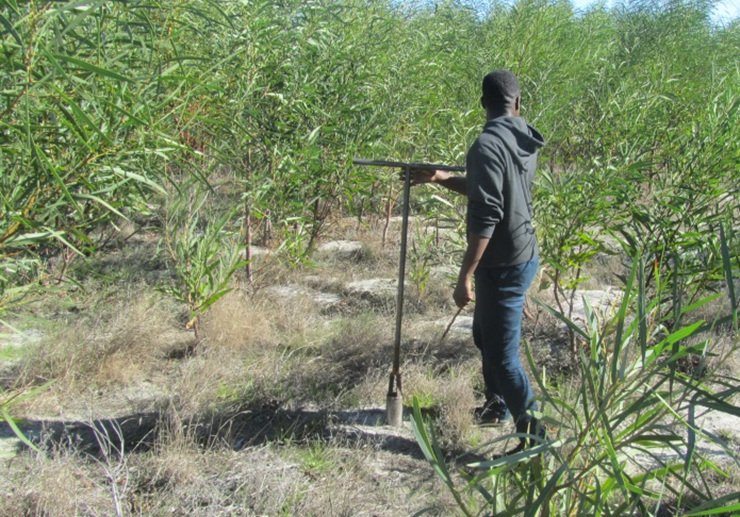Port Jackson impacts the restoration of Protea repens long after its removal
The growth of our native Sugarbush (Protea repens) is not negatively affected by the legacy of altered soil chemistry after the clearing of invasive Port Jackson (Acacia saligna).



